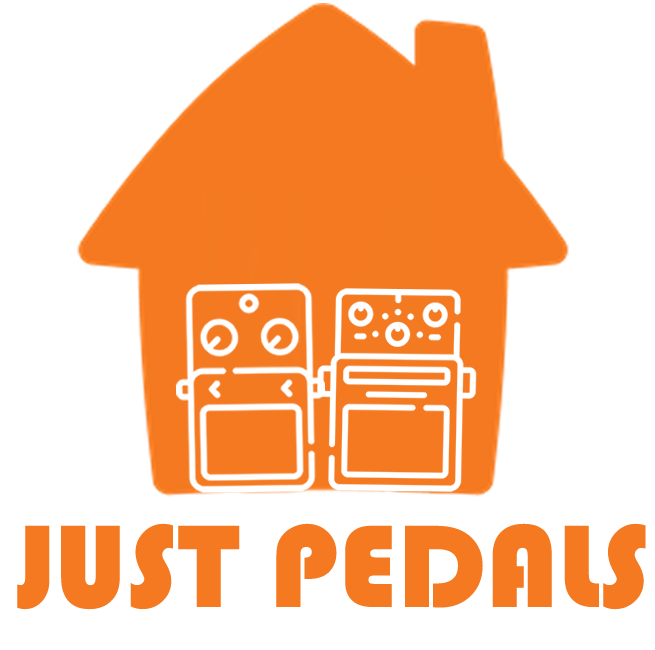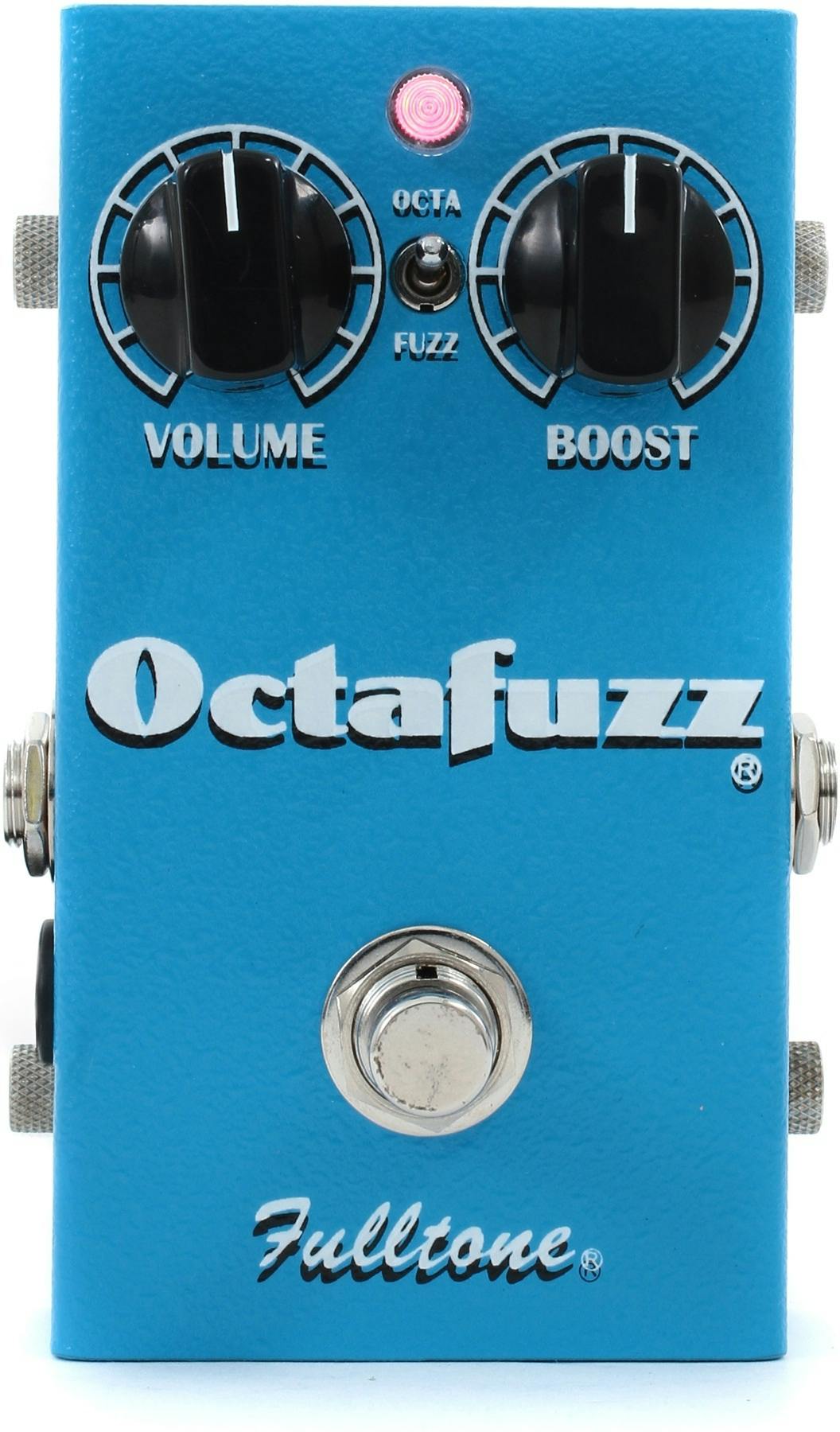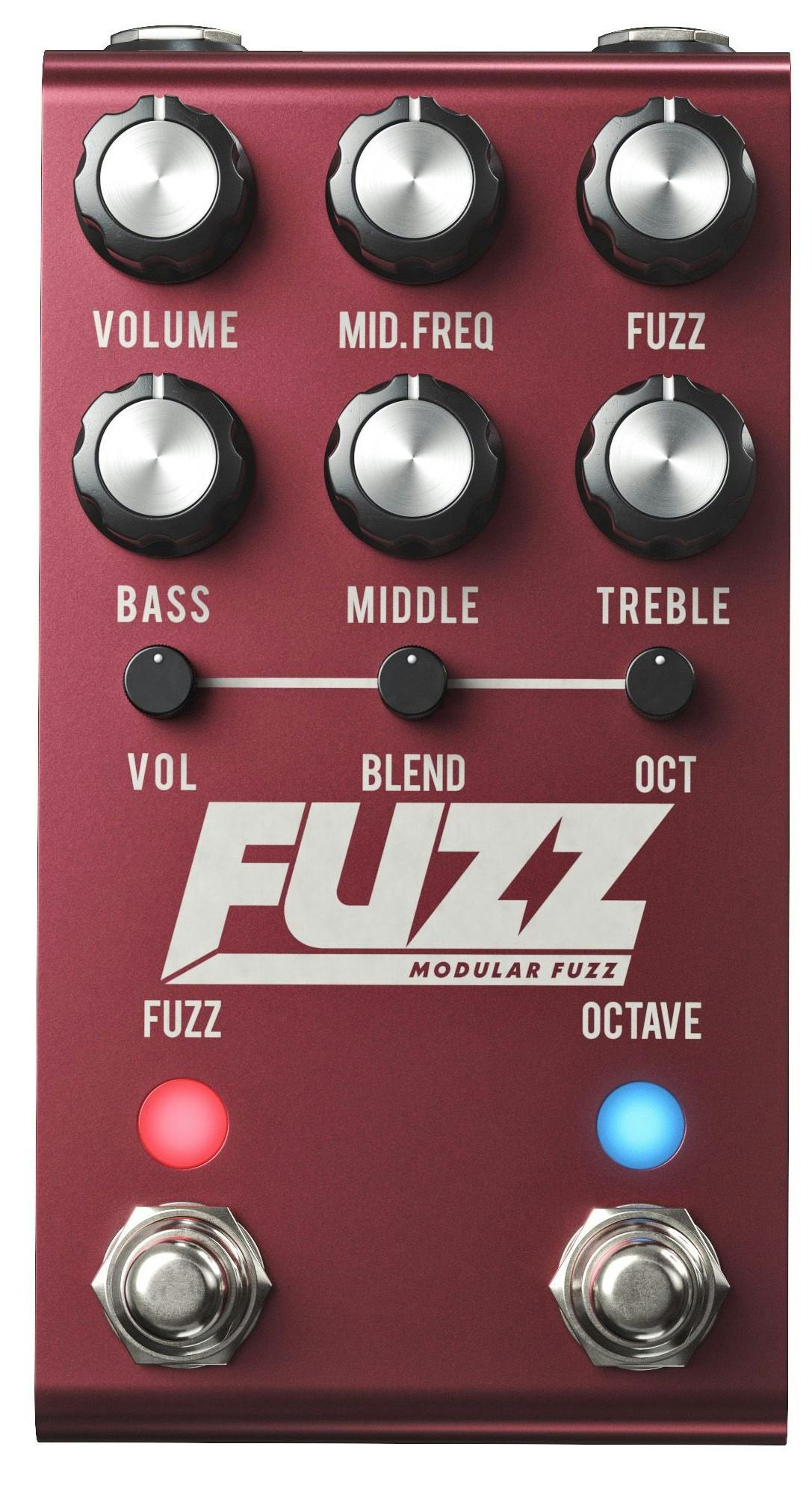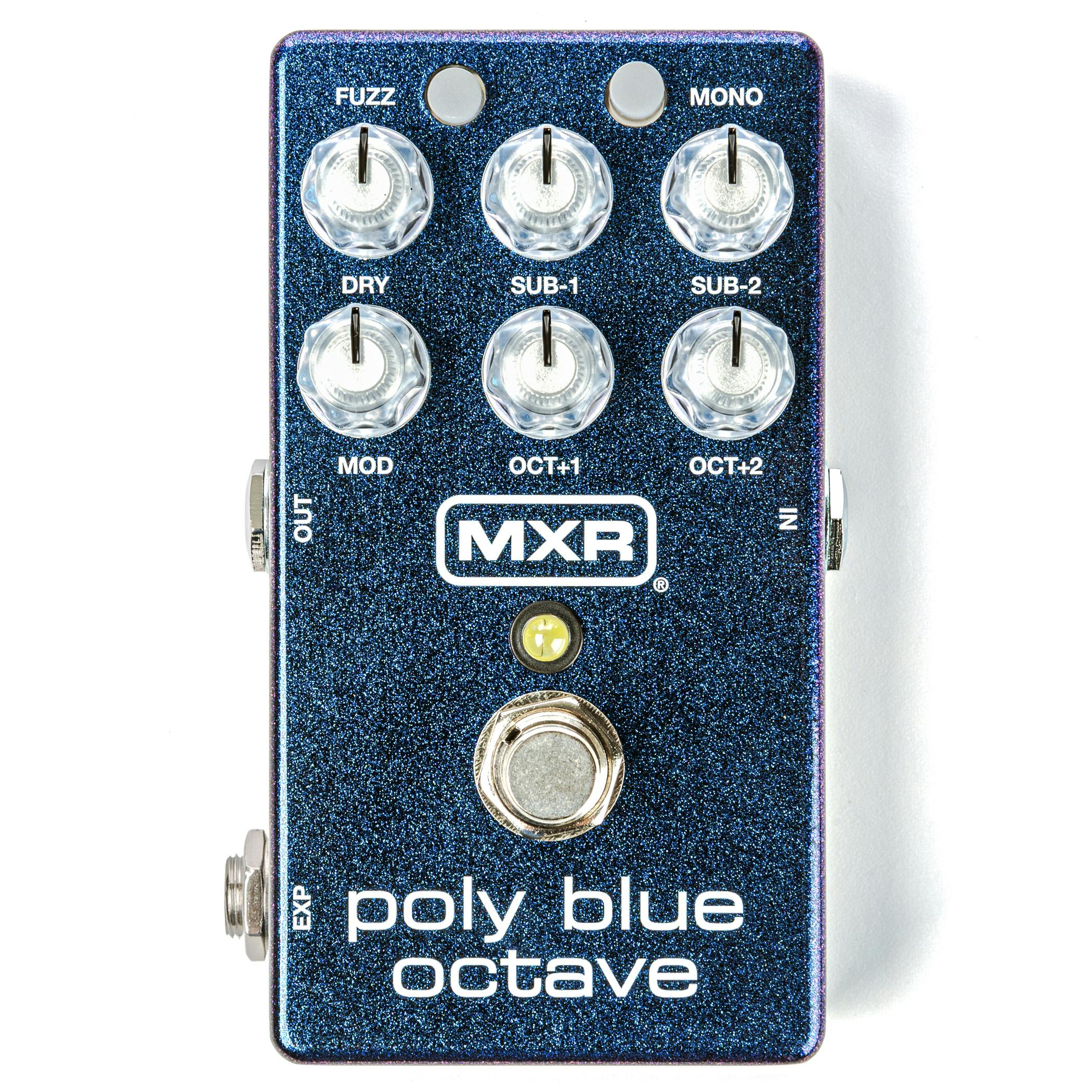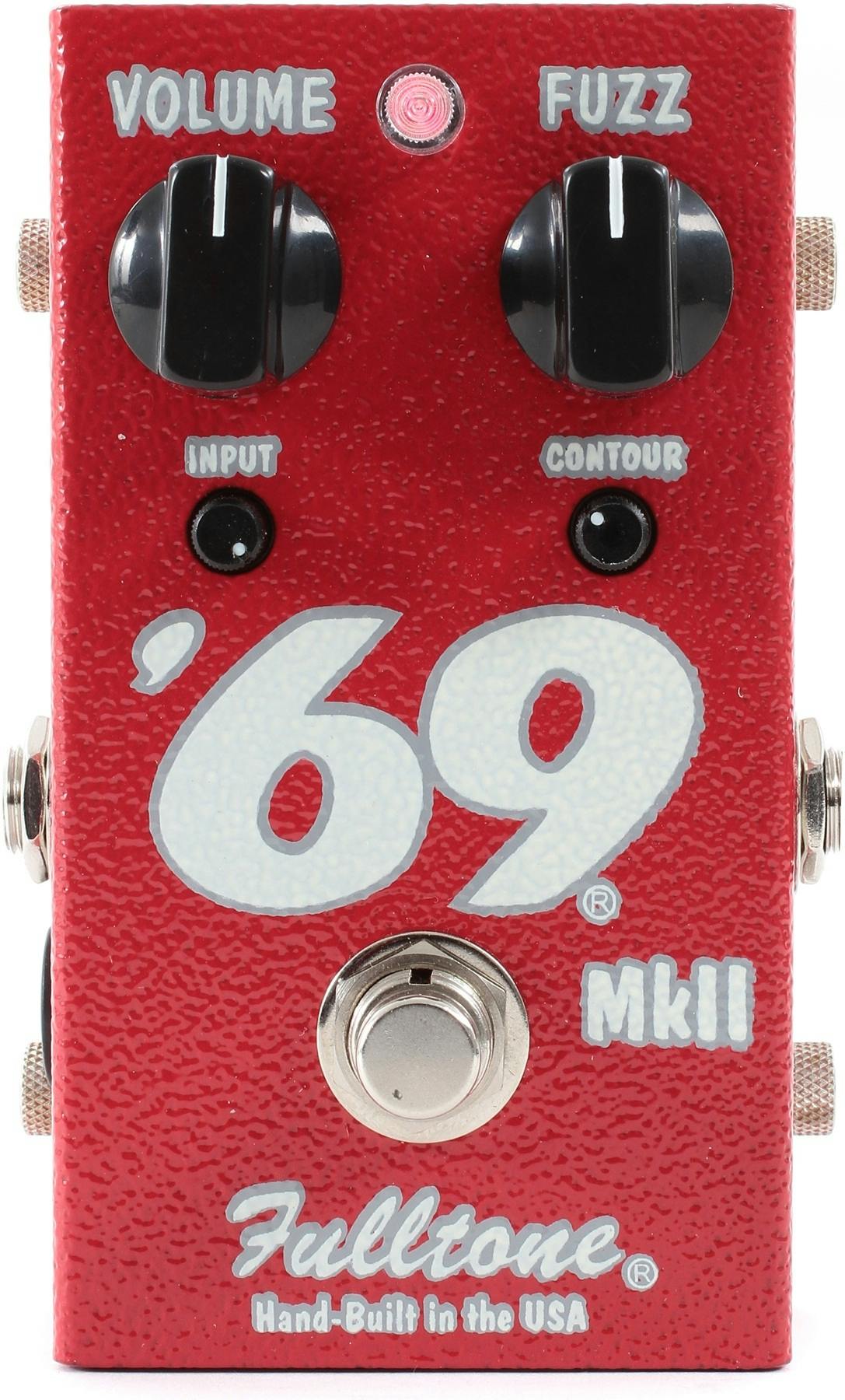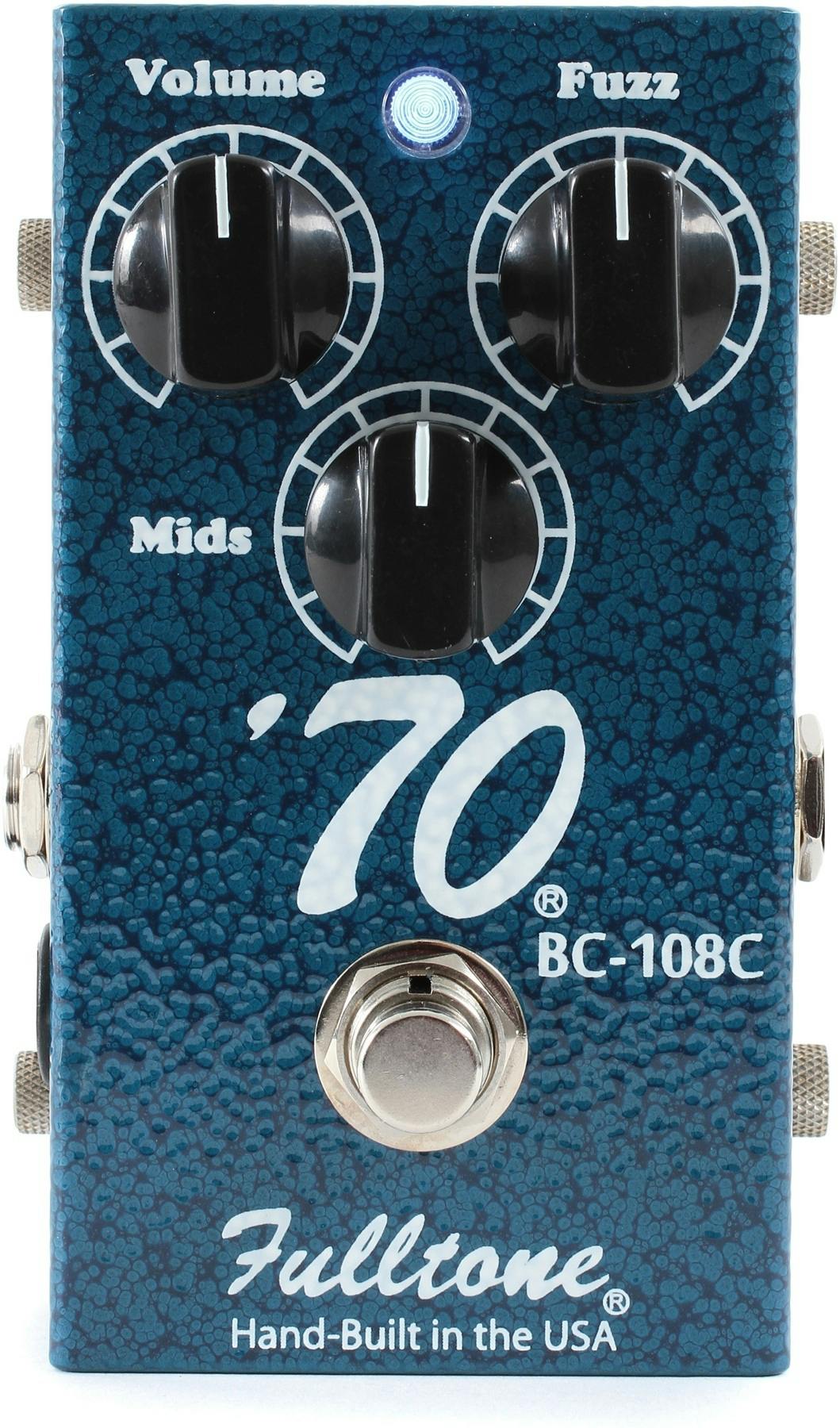Just Octave Guitar Effect Pedal Board Videos – #2 – Fulltone Octafuzz Octave Fuzz Octavia Style Guitar Pedal Overdrive Boost Distortion
Octave Video – #2 – Fulltone Octafuzz Octave Fuzz Octavia Style Guitar Pedal Overdrive Boost Distortion
LEKATO Guitar Looper,Built-in Tuner,Bass Loop Effect Pedal(9 Loop Tracks,Max 40 Minutes Overdub Recording) Electric Guitar Loop Machine,Musicial Gears for Guitars/Bass/Keyboard/Drum
£56.99 £41.02
♬LONG MEMORY: This LEKATO guitar looper creates complex, layered music with up to 9 independent tracks.And the single loop recording time is 10 minutes, total recording time up to 40 minutes, allowing you to record, overdub, and play back loops in re… read more
Behringer ULTRA OCTAVER UO300 3-Mode Octaver Effects Pedal, Pack of 1
£24.36 £22.79
Create a monster sound by adding two additional tones using your guitar—one and two octaves below the original tone . Dedicated volume controls for all three tones for awesome sound shaping . Flexible three- mode range switch allows ultimate bass per… read more
Vox – WAH845 – Classic Wah Pedal
£65.00 £60.74
New version of the most famous guitar effects pedal of all time Input/output jacks: inst jack, amp jack, dc i/p jac Legendary wah-wah tone in a new sturdy design Battery life for continuous use approximately 100 hours with manganese battery An ac pow… read more
BOSS SD-1 SUPER OverDrive Effects Pedal for Guitar and Bass – Mild to Moderate Tube – like Overdrive Characteristics Ideal for Clean and Driven amps. BOSS 5-Year Warranty.,Yellow
£73.00 £65.00
Since 1981, the SD-1 Super Overdrive has been a go-to gain pedal for generations of players—trusted across genres for its reliable tone and performance. Built on the groundbreaking asymmetrical clipping circuit of the iconic 1977 OD-1—one of the firs… read more
JOYO Overdrive Distortion Pedal Rich Bordering-on-Distortion Overdrive for Electric Guitar Effect – Bypass (Ultimate Drive JF-02)
£27.99 £23.79
JOYO Ultimate Drive gives you rich bordering-on-distortion overdrive, surpassing what a diode tube amp can provide. It's great for feedback, picking out your guitar's natural harmonics effortlessly and the high/low switch will give you that extra kic… read more
Behringer OD300 2-Mode Overdrive/Distortion Effects Pedal Purple
£24.36 £22.70
Versatile Overdrive/Distortion Blend: Seamlessly shift from warm, classic overdrive to edgy, modern distortion—or mix them to create your signature tone using the intuitive blend dial Precision Tone Shaping: Dial in your perfect sound with dedicated … read more
